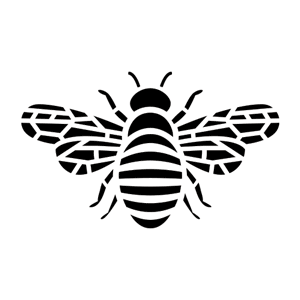Imaginarea Weekly
Inarea newsletter. A weekly appointment on current events, art and design.
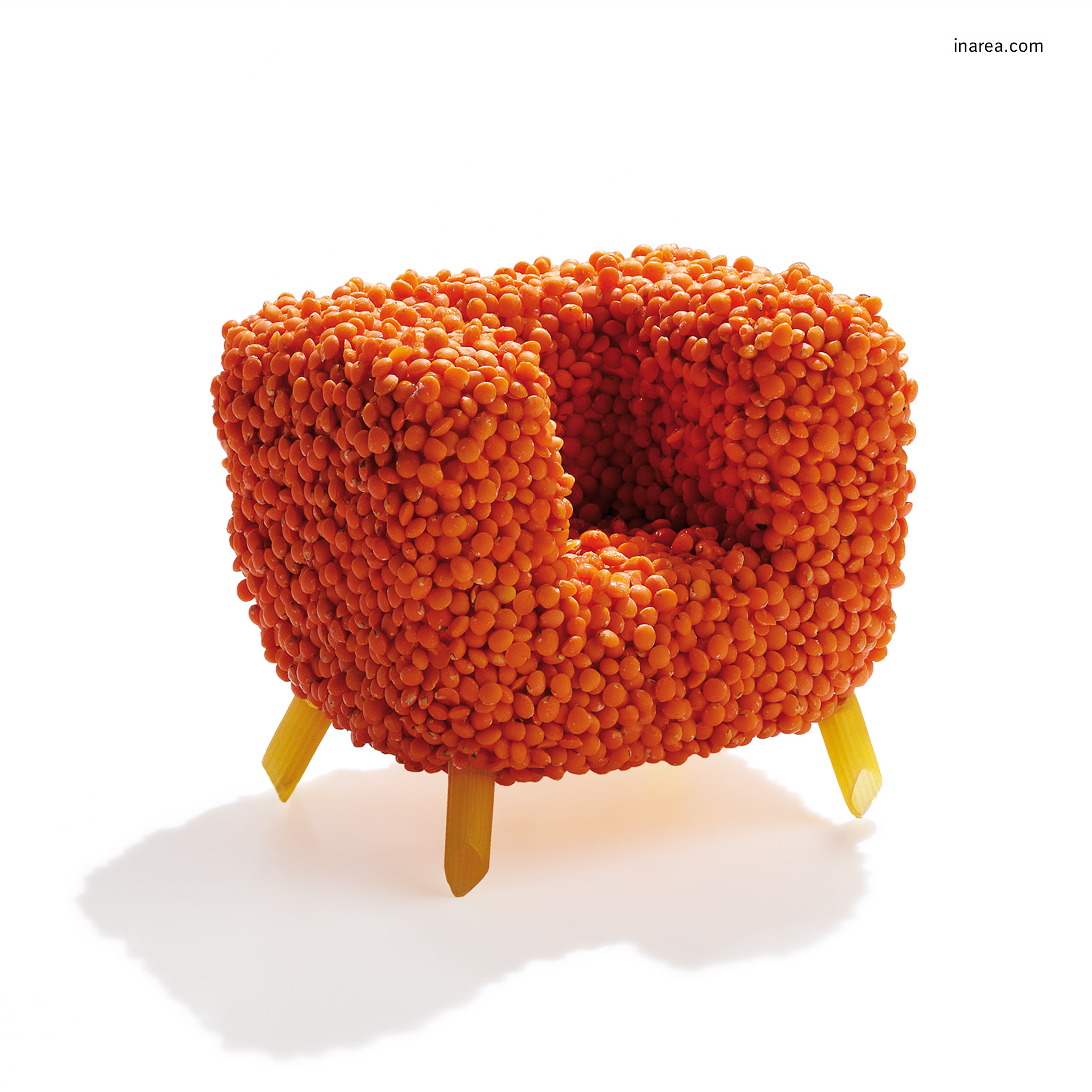
A moveable feast
Furniture, fickle, mobile and moveable are the same word in Italian (“mobile”), and in 1961, three years before Ernest Hemingway’s book of memoirs “A Moveable Feast” was posthumously published, the first Milan Furniture Fair (Salone Internazionale del Mobile) opened. At the time nobody could have imagined what long-term effects it was going to produce.
The story actually began in the immediate post-war period: the homes that were being rebuilt needed to be furnished and to this purpose a group of visionary architects (who had thus far only a few contracts to their name) convinced a number of artisan cabinet-makers (these, in turn, would later go on to become industrialists) from northern Italy’s Brianza district to mass-produce furniture from their designs.
The functionality that characterised those projects soon became the stylistic code of what later came to be known as “Italian design”. A formula that evidently worked and that in 1972 led to “Italy: The New Domestic Landscape”, the famous exhibition at the MoMA in New York which consecrated the international success of our way of designing home space – and not only.
Everything has changed since then, but still today for Italians the profession of designer is by definition that of designing furniture… No doubt a matter of chronology or maybe just a synecdoche, a part made to represent the whole, but there it is!
Design is the most “adjectivized” of nouns in English, preceded by attributive nouns such as: industrial, fashion, car, graphic, product, service, food, sound etc., with Italian design being the leader in Europe when it comes to value-added and number of jobs.
An important achievement, which constitutes the backdrop for today’s opening of the 62nd Salone. The Fair takes up 210,000 square meters of the Rho Fairgrounds and, at the same time, the “Design Week” having begun yesterday, transforms all of Milan into a mega space event.
This is the “Moveable Feast” of an entire country which ideally celebrates its resurgence from the meagre conditions it was in when this story began: a tale of ‘rags to riches’, culminating in nothing less than European supremacy!
The times they are a-changing, as the song goes; however, as the famous Verdi aria goes, it is no longer true that “la donna è mobile” (of course, the librettist here meant “woman is fickle” – though we could also read it, literally, as “woman is furniture”). No, indeed: Furniture is Woman! As from 2020, the President of the Furniture Fairis Maria Porro who has breathed in wood since birth, her family business being almost 100 years old; in addition, she has also been a set designer for the theatre and for grand events. Today, after the long period of the pandemic, this is Maria Porro’s real first “Festa Mobile”…. Moveable Feast.
Congratulations and break a leg!

Spring cleaning
At times, all we need to do is dust off the meaning of words. In English, the word vacuum cleaner contains a reference to an empty space which, in a way, describes the mental state of those who are asking themselves where artificial intelligence is going to lead. Who knows if we’ll manage to turn this soufflé into something edible or if it’s going to collapse inside the oven…
An Italian don, Luciano Floridi, Professor of Philosophy and Ethics of Information at Oxford University, has provided a rudder to steer us. In short, Floridi makes a distinction between syntax and semantics, which as we know deal with meaning, suggesting that every new idea is a fruit salad made up of the right ingredients (some of which tossed in by pure chance), plus a dash of coincidence: a process that links Newton’s apple to panettone, and will probably remain an all-human domain for a long time to come.
AI comes across as more reassuring if we think of it as a data vacuum cleaner, sucking up valuable time as required. With spring well underway and Easter over, how far have you got with your cleaning? Raise your hand if you’re not already asking a robot.
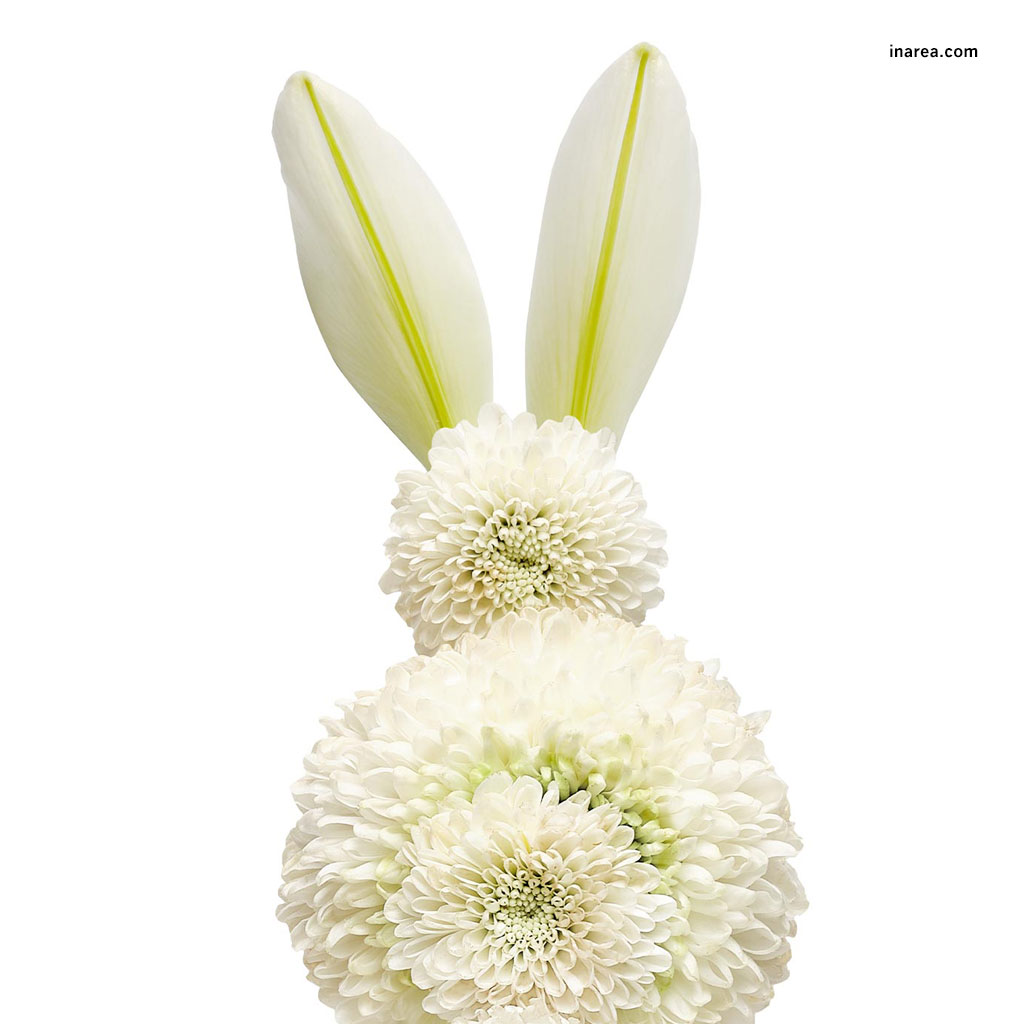
Easter tales, Bunny tails
Beliefs and cupboards: it’s the same word in Italian and, coincidentally, both have a relevance to Easter. The latter, because at this time of the year a cupboard often contains a stash of chocolate; the former, because it comprises symbols and legends such as the one surrounding the rabbit. Our furry, long-eared friend has multiple identities depending on the context: from fearful, quivering leporid, to the most shamelessly prolific of animals.
This week, however, the rabbit’s persona is quite simply that of the Easter Bunny. Originally, the role used to be the prerogative of its cousin the hare, an animal that was sacred to the Germanic goddess Eostre… a name from which that of “Easter” is but a hop, skip, and jump away to the members of the Leporidae family. In other words, the last hundred years of Easter marketing stand rather shakily on an erroneous belief, a bit like a wobbly cupboard on unstable legs. But little does it matter if we’re talking here about rickety kitchen furniture or a spurious tail – correction, ahem, tale. What counts is that the spring festivity celebrates rebirth and that eggs are symbols of new life. Courage is not a requisite if it’s a prolific season that we’re hoping for this spring: indeed, what animal could be more propitious than a springing, bouncy, bunny rabbit?
With our best wishes for a happy Easter!

At the heart of the city
Paris, Rome, New York, London: one thing they have in common is that, regardless of their latitudes, they can knock us out. Therefore, a community spirit, under a slogan involving emotions, is what is needed to lift people’s spirits.
Someone who was well aware of this was Milton Glaser, the great designer who in 1977 created the campaign that put a heart between the “I” and NY, New York. What if, swopping a couple of letters, instead of “I love” we were to ask ourselves what do “l owe” the city? The result wouldn’t change as we’re quite sure that the word “love” would be among the first three thoughts that spring to mind. We owe the city love for all the persons and jobs we’ve found there, encounters that would perhaps not have happened elsewhere. Even those who come from small places love the luxury of anonymity that you only get in a big city.
The iconic Big Apple logo has been retired and has been refreshed with a new font (based on the Subway’s lettering). It now reads “we love”: implicitly, the community are being invited to take care of their city. All you need is love, and one hour a week, so they say. “What we can do for the city”, with its accent on community spirit, could become the new slogan. Let’s remember this, and demonstrate true sportsmanship every time those daily blows our cities deal us make us feel like engaging in a boxing match with them.
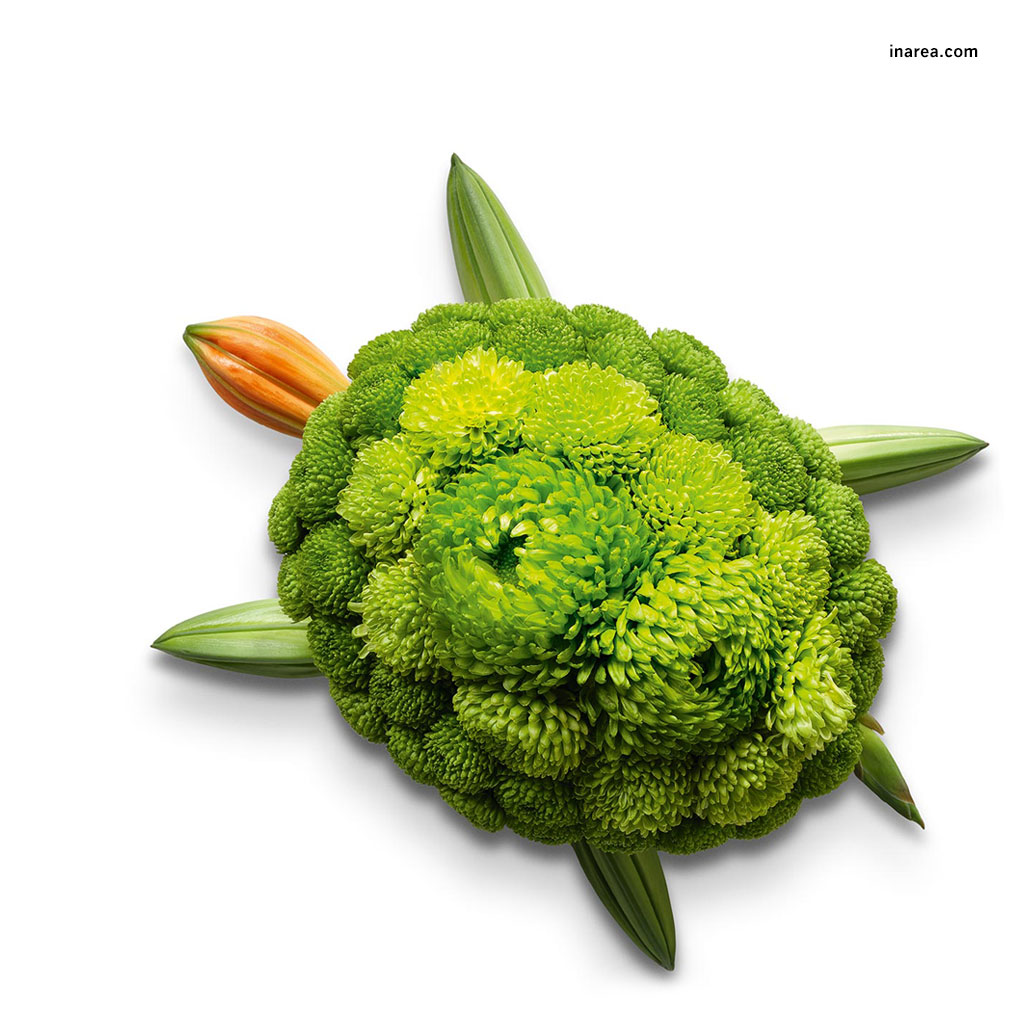
Co(s)mic death
The ultimate paradox for writers of tragedies is to die in an almost comical manner. Spring begins tonight, yet it’s already been a few weeks since we started orienting our antennae towards the sun. That’s what Aeschylus was doing – enjoying the seaside warmth outside his home in Gela, Sicily – on a sunny day in 456 B.C. when an eagle, mistaking the playwright’s head for a rock, dropped a tortoise (it’s not clear if it was a ‘tortoise’ or a ‘turtle’, though in any case it’ll always be a turtle if you’re reading this in America!) onto his head, so as to crack open its prey’s shell and eat it.
Spring is always associated with ‘something’ in the air: love, according to an old song, or pollen embroidering the sky. Whatever it is, it all comes sweeping down suddenly in the middle of March.
We instead hope that the season will “make haste slowly”, just like the tortoise/turtle (being at sea with a sail affixed to its shell, it probably was a turtle, also for UK readers) on Duke Cosimo de’ Medici’s emblem, thereby slowing up the arrival of the next. That’s why our own version is green, unripe and hard to crack open. In three months’ time here in Italy we’ll all be like tortoises holed up in our air-conditioned carapaces. On the other hand, keeping out of the scorching sun may have its advantages. Remember Aeschylus…
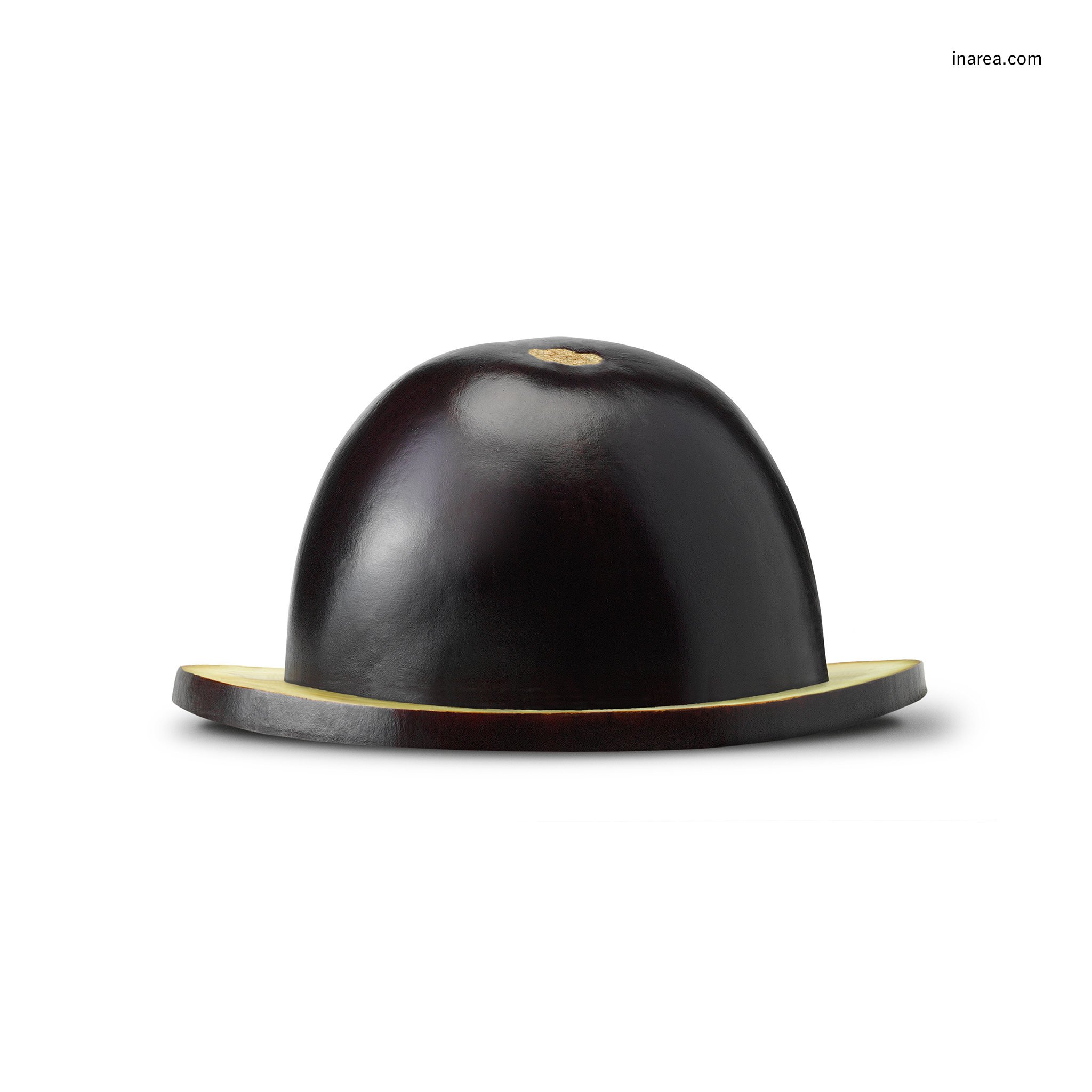
Incomplete thinking
“Good evening, brothers and sisters!” This greeting, vibrating with familiarity and spoken 10 years ago by a gentleman looking out from the balcony on St Peter’s Square, became a signature style: that of a certain Francis, elected Pope on 13 March 2013.
As designers, we sow seeds, hoping they’ll spill over onto some unknown slope; we cherish the moment when a project comes into bud, after which it invariably flourishes with a life of its own… Given this premise, we find a certain concept carried forward by Jorge Bergoglio quite fascinating. He often speaks of “incomplete thinking”, an antidote which permits one to get to the heart of things whilst holding back a little bit of oneself. It’s a double-sided concept. Incomplete thinking always gives way to something: relationships, God, love, creativity or, in our own small case, imagination.
In these “Modern Times” of ours, we tip our hats to a philosophy that is versatile in the here and now.
